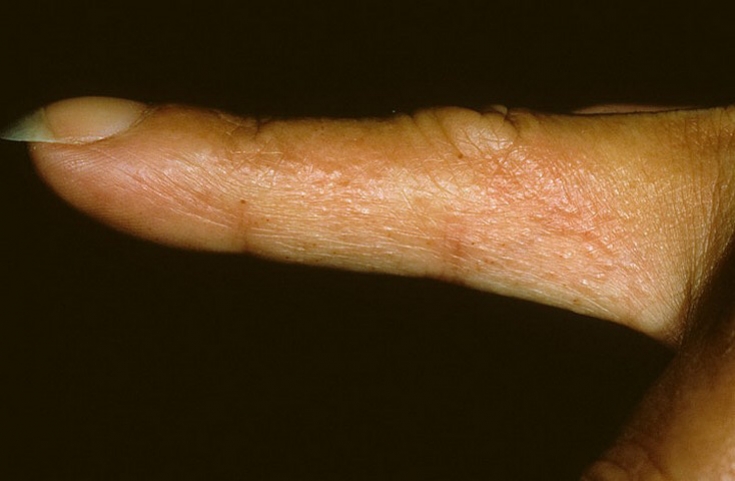Fungal lesions of the skin are one of the most urgent problems of dermatology. Most often they do not pose a particular danger, however, they cause serious discomfort to the patient.
Moreover, dermatomycosis can have allergic complications - mycids, since the causative agents of fungal diseases, like other microorganisms, have antigenic properties.
Read this article on estet-portal.com to find out why these allergic complications most often occur, as well as what clinical picture is typical for them.
Factors provoking allergic complications of fungal infections
Mikidy – these are allergic complications of fungal infections, so the main reason for their occurrence is the presence of a fungal infection in the body. However, these rashes do not occur in all cases, and their severity and prevalence depends on the type of fungus, and the condition of the patient himself.
The most common mycids are:
• against the background of incorrect local therapy of mycosis;
• in case of mechanical or thermal traumatization of the skin;
• with hyperfunction of sebaceous or sweat glands.
Mikidy can accompany any fungal disease, but most often occur against the background of purulent-infiltrative lesions.
Follow us on Telegram!
Clinical manifestations of allergic complications of fungal infections

The allergic process most often develops near the main focus of the fungal infection, however, there are also disseminated mycids. Usually, a widespread allergy is accompanied by a violation of the general condition of the patient.
Allergy in fungal infections is persistent and specific.
Mikids are characterized by stages of distribution. If initially an allergic rash occurs near the focus of a fungal infection, then over time it can spread to distant parts of the body.
You may also be interested in: A case of late diagnosis of infiltrative-suppurative trchophytosis
Mikidy in various fungal infections: the main differences
The most common form of lesion is considered to be lichenoid mycids, which develop as a result of a fungal infection of the scalp, beard and mustache. Eruptions in the form of miliary papules do not have a typical localization, and are prone to spread. After 2-3 weeks, the rash disappears without a trace.
Allergic complications of fungal infections are characterized by pronounced clinical polymorphism.
Also, allergic complications can occur with fungal infections of the feet, the so-called dyshidrotic mycids. They are small vesicles that are most often localized on the palms, fingers, and skin of the back of the hands. When the blisters open, weeping erosions are formed, as a result of which mycids become similar to eczema.
Differential diagnosis of mycids – difficult task, and therefore, the doctor should not forget about these unpleasant allergic complications of fungal infections.
Read also: How fungal infections of the nasal cavity manifest themselves







Add a comment